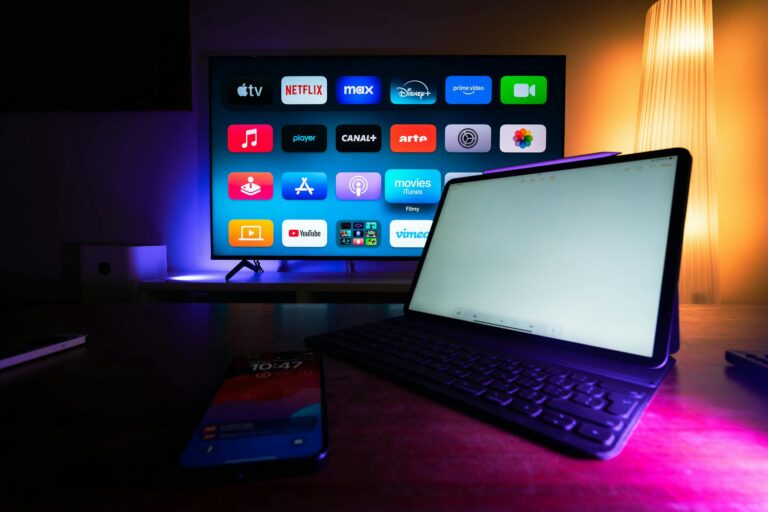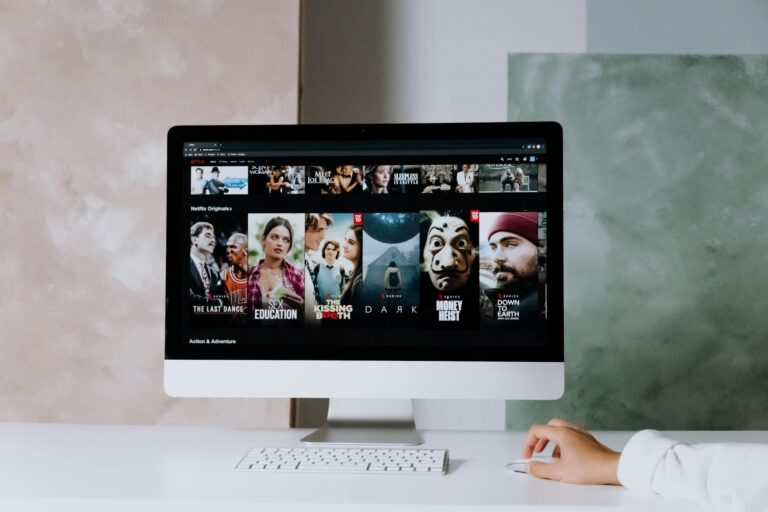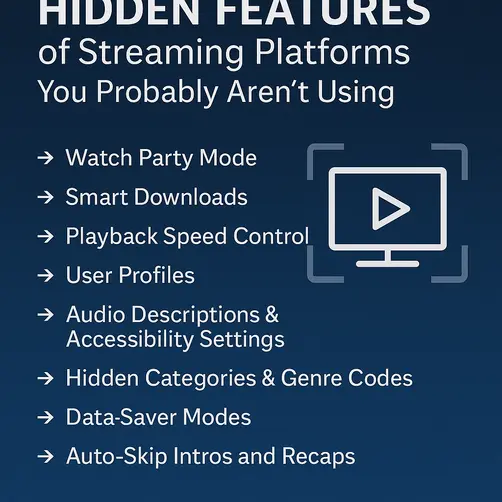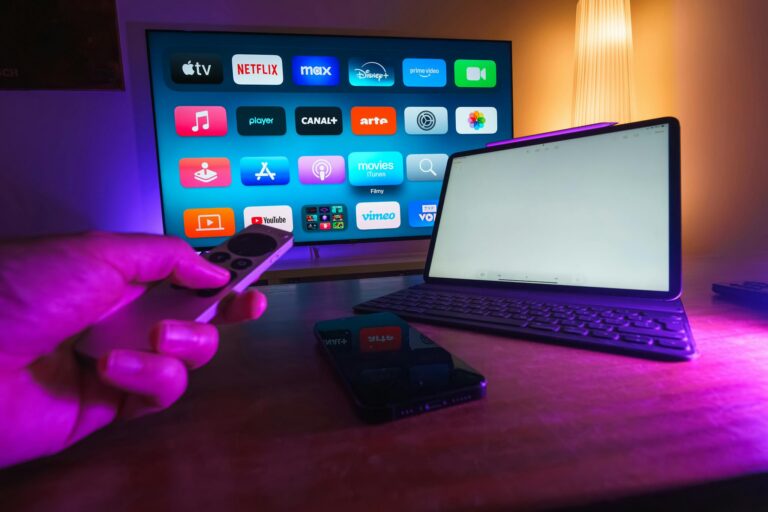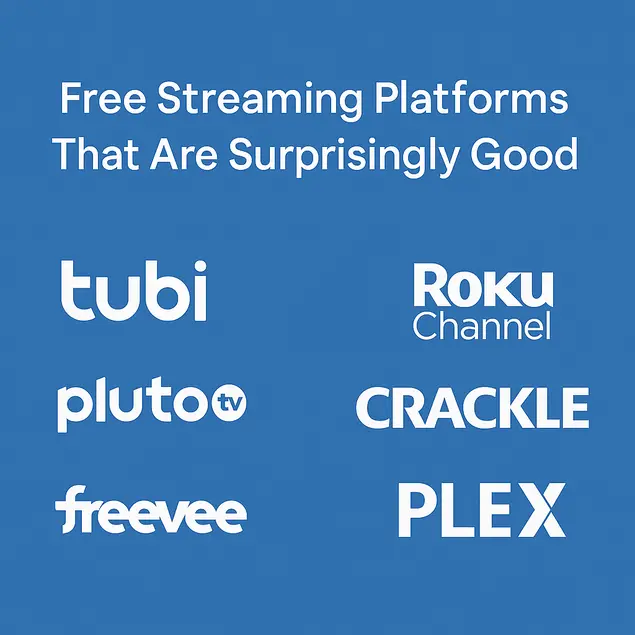With dozens of streaming services now available, many viewers are feeling overwhelmed—and over-budget. Enter streaming bundles: packages that offer multiple platforms at a discounted price. But are they really a good deal, or just another way to lock you into subscriptions?
Let’s break down what streaming bundles are, the pros and cons, and whether they’re worth your money in 2025.
What Are Streaming Bundles?
A streaming bundle is when multiple services are grouped together under a single subscription, often at a lower price than subscribing to each individually.
Popular examples in 2025:
- Disney Bundle: Disney+, Hulu, and ESPN+
- Paramount+ with Showtime
- Verizon + Netflix + Max deals for mobile customers
- Apple One: Includes Apple TV+, Apple Music, iCloud, and more
Bundles are becoming more common as platforms try to retain users and compete with cable replacements.
Why Streaming Bundles Are Gaining Popularity
The biggest reason? Cost efficiency.
In 2025, the average user is subscribed to 4+ streaming platforms, with prices creeping up each year. Bundles promise:
- One payment
- Discounted rates (up to 25–40% savings)
- Wider content variety across genres (sports, family, originals, etc.)
It’s essentially the “streaming version” of a cable package—but with more flexibility.
Pros of Streaming Bundles
✅ Lower Monthly Costs
Bundles can save you anywhere from $5–$15 per month compared to separate subscriptions.
✅ More Variety
Get access to sports, news, kids’ shows, blockbusters, and original series in one place.
✅ Simpler Billing
Fewer separate bills and password management hassles. It’s all under one subscription.
✅ Exclusive Perks
Some bundles include perks like:
- Early access to premieres
- Ad-free upgrades
- Free trials for new services
Cons of Streaming Bundles
❌ Content Overlap
You might end up paying for platforms you rarely use. If you’re only watching Hulu, is the ESPN+ part of the Disney Bundle really worth it?
❌ Commitment Traps
Some bundles require year-long contracts or are tied to internet/mobile plans, making it harder to cancel or switch.
❌ App Integration Isn’t Seamless
Most bundles don’t combine content into one app. You’ll still have to jump between Hulu, Disney+, and ESPN+, for example.
❌ Price Hikes
Just like individual platforms, bundle prices can go up over time. You might start saving but end up spending more later.
How to Decide If It’s Worth It
Ask yourself:
- Do I regularly use all the included services?
- Is the bundle price really cheaper than subscribing individually?
- Am I okay being tied to this bundle for a while?
- Does this match my viewing habits (sports, kids, documentaries, etc.)?
If you’re only using one or two services, it’s often better to rotate subscriptions monthly instead of locking into a bundle.
Best Value Bundles in 2025
Based on pricing, content value, and popularity, here are the top bundles right now:
| Bundle | Services Included | Monthly Price | Best For |
|---|---|---|---|
| Disney Trio | Disney+, Hulu, ESPN+ | $14.99 | Families & Sports fans |
| Paramount+ with Showtime | Paramount+, Showtime | $11.99 | Movies & Originals |
| Apple One Premier | TV+, Music, Arcade, iCloud | $29.95 | Apple ecosystem users |
| Verizon Streaming Bundle | Netflix, Max, Paramount+ | Varies | Verizon mobile customers |
Final Verdict
Streaming bundles can be a great value—but only if they fit your viewing habits. Don’t fall into the trap of paying for more content than you actually consume. If you’re already using two or more services in a bundle, chances are you’ll benefit from the savings.
Just make sure to check for:
- Free trials
- Hidden fees
- Long-term contracts
Bundles are reshaping the streaming landscape in 2025, and they might just help you take control of your entertainment budget.
Want more tips on managing your streaming subscriptions, reviews, or deal alerts?
Stay tuned to SmartstreamBlogs for the latest insights!
